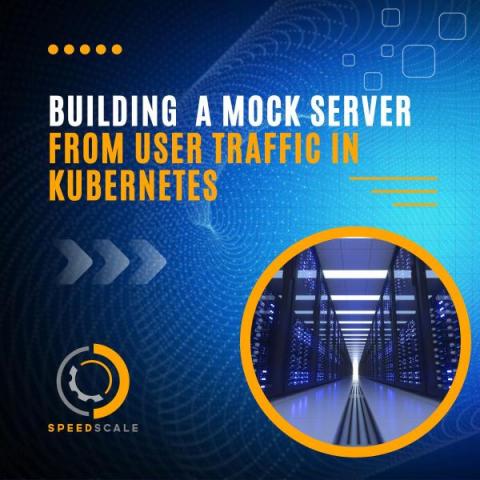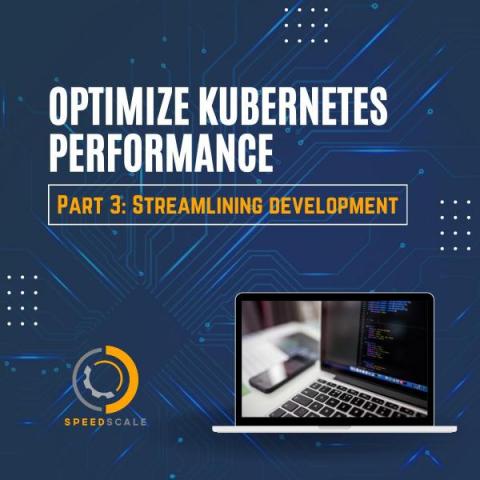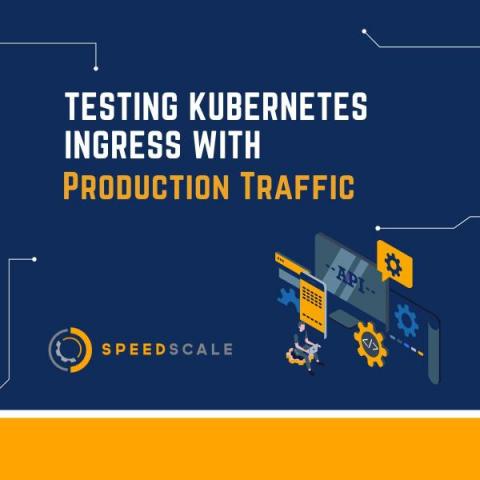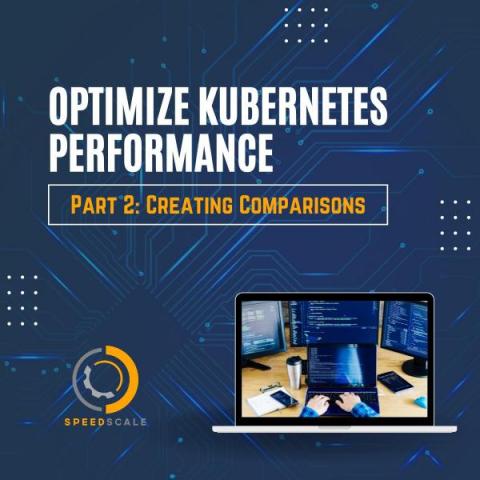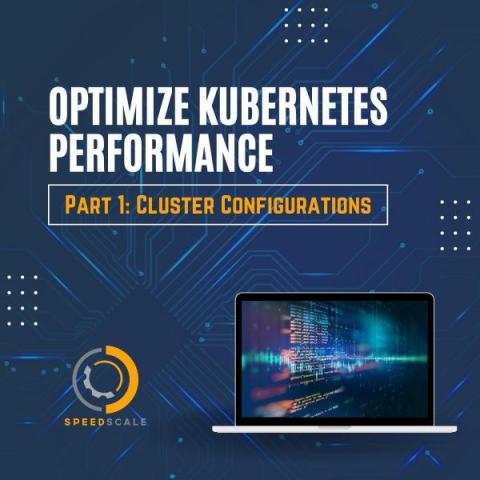Continuous Load Testing | A Developer's Guide
Continuous load testing is a powerful way of preparing for surges in traffic, without needing real users. Imagine you’re a software engineer working on a website that’s seen a recent surge in traffic. Despite initial testing indicating that the website should be capable of handling the increased load, the website crashes during peak hours. Load Testing is the process of simulating real-world usage of a website or application.



